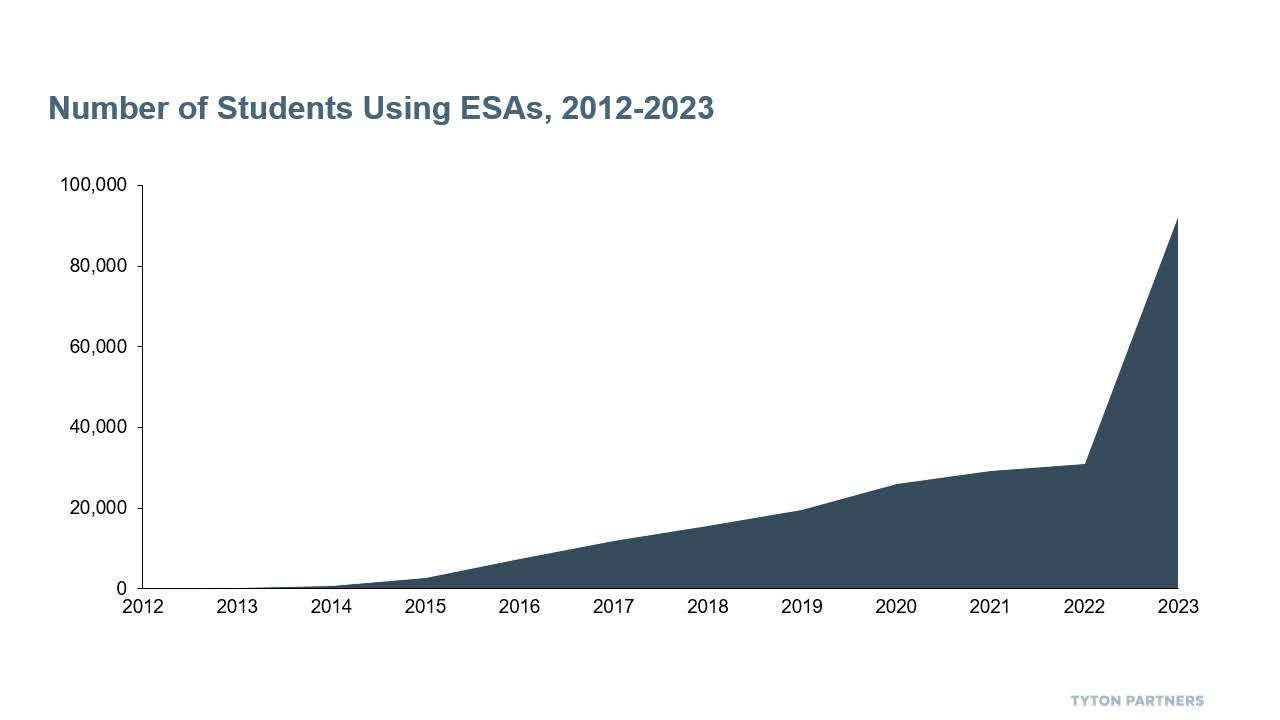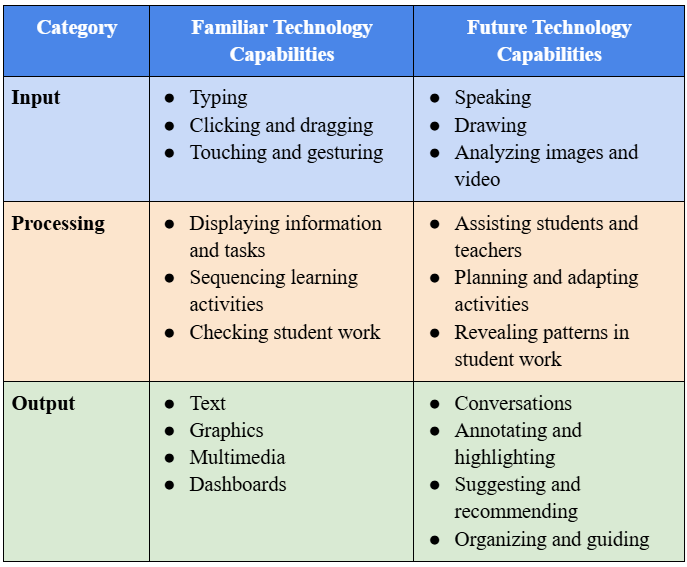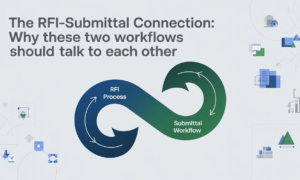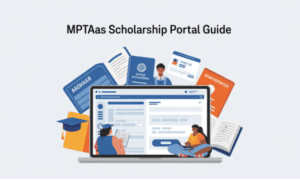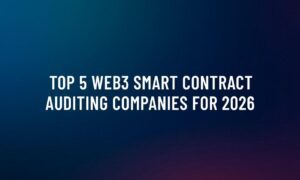Abstract:
This article explores how the Arkansas Department of Education leveraged customized software to implement the LEARNS Act successfully. It covers the technical decisions, integration challenges, and platform architecture that transformed policy into practice. The piece also outlines future trends in education technology and offers recommendations for scalable, secure, and user-friendly digital solutions in the education sector.
For years, education reform has been debated in conference rooms and legislative halls, but real change doesn’t happen on paper—it happens in the systems that power schools, the platforms that connect parents to resources, and the technology that determines whether a policy succeeds or fails.
The recent implementation of the LEARNS Act in Arkansas is a prime example. It wasn’t just about passing a new law but engineering a digital system that could make it work in the real world. The platform had to be fast, transparent, and secure, accommodating families of all backgrounds and technical abilities while integrating with legacy systems that weren’t built for modern demands.
I’m George Peter, a senior consultant at the Arkansas Department of Education (ADE), and I’ve played a key role in the development, enhancement, and maintenance of critical education systems across Arkansas school districts. Through my experiences, I’ve gained insights into the technical and strategic decisions necessary for scalable education platforms
In this article, I’ll take you behind the scenes of this transformation, exploring the decisions that shaped the platform and what it means for the future of education technology.
Introduction To Educational Technology Challenges
Education has traditionally lagged behind other industries in digital transformation. Outdated systems, complex administrative workflows, and fragmented data structures create inefficiencies. On top of that, policymakers introduce new regulations faster than most school districts can upgrade their technology.
Before the LEARNS Act, Arkansas families looking for alternative schooling options had to deal with long approval times, manual paperwork, and funding systems that didn’t connect. Take Easterseals Academy, which serves students with disabilities. The demand was there, but tuition was out of reach for many families. More than 200 students were stuck on a waitlist simply because funding was slow to process.
This isn’t just an Arkansas problem—it’s a national one. School choice programs exist across the country, but they often run into administrative delays that prevent families from using them. The solution wasn’t just about making a new system—it had to be faster, more intuitive, and built with security in mind.
The Changing Landscape Of Education Funding And Management
Education funding is shifting toward student-centered models that give families more control over how their tax dollars are used. Between 2022 and 2023, more than 770,000 students participated in programs like tuition vouchers, tax-credit scholarships (TCS), and education savings accounts (ESAs)—with ESAs gaining momentum.
While these programs provide more options, they also introduce complex financial and administrative challenges. States needed a system that could:
- Make funding applications digital instead of relying on paper forms.
- Ensure compliance with evolving regulations.
- Streamline reporting so policymakers have real-time insight.
- Simplify access for families, educators, and administrators.
With more states testing personalized funding models, the need for faster, scalable financial management systems is only growing. Cloud-based platforms, automation, and data-driven oversight will be essential for keeping these programs efficient and equitable.
Case Study: The Learns Act And Technical Implementation Challenges
The LEARNS Act introduced sweeping reforms to Arkansas schools. It focused on student outcomes, expanded school choice, and teacher recruitment. But policy alone wasn’t enough—it needed the right infrastructure to support it.
With these priorities in place, the ADE required a comprehensive and immediately deployable online platform that would facilitate Education Freedom Account (EFA) applications, manage funding distribution, and provide real-time updates on the program’s progress.
Given the immediate need for a fully functional system, it was crucial to ensure that the platform was:
- Scalable: Built to handle high traffic and accommodate future program expansion.
- Secure: Protected by strict data encryption and compliance measures.
- User-Friendly: Designed for easy navigation by families, school administrators, and ADE staff.
Beyond the user interface, the platform needed to give ADE real-time oversight, helping administrators track adoption rates, monitor funding distribution, and ensure compliance.
“One of the biggest parts of implementation was taking the parts of law and codifying them into rule so that we can tell districts exactly how this is going to look and how we want to work with them as a collaborative partner in building those rules and supporting implementation.”
— Jacob Oliva, Arkansas Secretary of Education
Early results show the platform is doing just that. In its first year, it supported over 5,600 EFA applications, with nearly 4,800 approvals. More than 94 private schools, representing about 70% of eligible institutions, opted in. These outcomes highlight how the system’s design has translated legislative intent into real-world impact with speed, scale, and equity.
Technical Architecture Decisions For Scalable Education Platforms
Developing a statewide education platform requires a robust technical architecture that can accommodate policy changes, scalability needs, and complex stakeholder requirements. The LEARNS platform was built on ASP.NET Core’s latest Razor technology, ensuring high performance, security, and seamless integration with ADE systems. Core components include:
- Content Management System (CMS): Secure content control for Executive Orders, Action Reports, and Events.
- Custom Workflow Engine: Streamlined approvals between ADE staff, external reviewers, and the Governor’s office.
- Secure Data Integration: Connected with ADE tools for real-time reporting and compliance tracking.
- Cloud-Based Scalability: Built to handle high traffic and expand alongside future program growth.
This technical foundation enabled the platform to efficiently serve thousands of users while maintaining peak performance.

Image: Pixel-Shot | Shutterstock
Integration Challenges With Legacy Education Systems
One of the most complex aspects of the LEARNS implementation was integrating with Arkansas’ existing education technology infrastructure. Successful integration required overcoming several obstacles:
- Lack of Modern APIs: Many Student Information Systems (SIS) lacked standardized APIs, making seamless data exchange difficult.
- Outdated Infrastructure: Schools relied on aging databases and legacy software that were incompatible with cloud-based platforms.
- Security Risks: Older systems lacked regular updates and patches, increasing vulnerabilities in data protection.
- Data Silos: Disconnected databases slowed funding approvals and student records access.
- Limited IT Resources: Some school districts didn’t have the funding or expertise to manage technical upgrades on their own.
This isn’t unique to Arkansas. Across the U.S., aging education technology slows down everything from student enrollment to funding distribution. The real solution isn’t just building new systems—it’s making sure they work with the ones schools already have.
“We need to make sure teachers have the tools that will make them better instructors. If it takes them two hours to write three sentences of a lesson plan because of a slow device, that doesn’t make any sense.”
— John Zumph, Executive Director of IT, Tempe Union High School District
Security Considerations For Applications Handling Student Data
Given the sensitivity of educational data, applications must follow strict security measures while remaining accessible to authorized users. Protecting student records, financial transactions, and administrative workflows requires:
- Controlled Access: Restricting sensitive data to authorized users.
- Secure Integration: Protecting data exchanges between education systems and third-party applications.
- Audit Tracking: Logging system interactions for transparency and accountability.
By integrating these safeguards, educational platforms can ensure that families, educators, and administrators can use the system confidently and securely.
User Experience Design For Diverse Stakeholders
The LEARNS website needed to provide a seamless application process while ensuring administrators could efficiently manage student applications and compliance requirements. It had to be intuitive and accessible to a wide range of users, including:
- Parents with limited digital literacy
- School administrators managing multiple applications
- ADE staff overseeing policy compliance
To meet these needs, the platform was designed with a wizard-based interface that simplified application submissions, real-time notifications to keep users informed, and a mobile-friendly design to ensure accessibility from any device.
Future Trends In Education Technology Solutions
As education technology evolves, several trends will shape the future of statewide digital platforms:
AI-Driven Decision Making and Multimodal Learning
AI-driven automation can speed up eligibility assessments, detect fraud, and streamline administrative workflows. Advancements in human-computer interaction are also driving a shift from traditional technology inputs and outputs to more dynamic, multimodal learning environments.
Blockchain for Secure Student Credentials
Blockchain technology enables tamper-proof digital transcripts, giving students and institutions secure, instant access to verified records. This reduces fraud and streamlines college admissions, job applications, and transfers.
Predictive Analytics for Policy Decisions
Big data and predictive analytics are equipping education agencies with the tools to make smarter, more proactive policy decisions. Analyzing student performance and enrollment patterns enables data-driven policies that adapt to changing needs.
Recommendations For Software Architects In The Education Space
For developers and architects building education technology solutions, key takeaways from the LEARNS Act implementation include:
1) Designing for Scalability: Policies evolve, and platforms must adapt. Modular, cloud-based solutions ensure longevity.
2) Prioritizing Integration: Legacy Student Information Systems require robust APIs for smooth data exchange.
3) Fortifying Security: Protecting student records is crucial. Role-based access controls (RBAC), encryption, and secure authentication shield sensitive data.
4) Accessibility and Ease of Use: Education platforms should be intuitive. Simple workflows, real-time notifications, and mobile-friendly designs enhance usability.
5) Leveraging Data: Automated analytics and reporting optimize funding and refine policies.
By focusing on these principles, education platforms can be both future-proof and user-friendly.
Conclusion: The Impact Of Well-Designed Software In Education Transformation
The LEARNS Act implementation shows how well-planned software can reshape education. By focusing on security, scalability, and usability, the platform now serves thousands of Arkansas families, streamlining school choice applications and funding management.
However, the role of education technology extends far beyond process automation. It must empower families, support educators, and enable data-driven policymaking. As digital platforms evolve, they must embrace innovation, interoperability, and intelligent automation to ensure long-term impact and equitable access.
The future of education reform relies not just on policy but on the technology that drives it. Well-designed solutions must be efficient, inclusive, and adaptable, shaping a smarter, more accessible education system for generations to come.
About the Author:
George Peter is a Senior Consultant at the Arkansas Department of Education with over 20 years of experience in software development, system architecture, and enterprise application management. His work spans education, finance, and CRM domains, driving digital transformation at scale.
References:
- Sanders, S. H. (2024, September 5). ICYMI: OPINION | SARAH HUCKABEE SANDERS: Back to school – Arkansas Governor – Sarah Huckabee Sanders. Arkansas Governor – Sarah Huckabee Sanders. https://governor.arkansas.gov/news_post/icymi-opinion-sarah-huckabee-sanders-back-to-school/
- Ji, R., Penberthy, M., Newman, A., & Brennan, D. (2024, May 21). Unlocking Education: The rise of Education Savings Accounts (ESAS). Tyton Partners. https://tytonpartners.com/unlocking-education-the-rise-of-education-savings-accounts-esas/
- Wilcox, S. (2024, July 17). Arkansas LEARNS Act: A Deep Dive with Secretary Jacob Oliva. Arkansas Money & Politics. https://armoneyandpolitics.com/arkansas-learns-act-a-deep-dive-with-secretary-jacob-oliva/
- Horton, N. (2023, October 4). Report: Arkansas’s new Education Freedom Accounts are already working. Opportunity Arkansas. https://www.opportunityarkansas.org/articles/report-arkansass-new-education-freedom-accounts-are-already-working
- Nicosia, M. (2022, March 18). What are legacy systems, and why should K–12 schools prioritize updates? Technology Solutions That Drive Education. EdTech Magazine. https://edtechmagazine.com/k12/article/2022/03/what-are-legacy-systems-and-why-should-k-12-schools-prioritize-updates-perfcon
- Cardona, M., Rodriguez, R., & Ishmael, K. (2023, May). Artificial intelligence and the Future of Teaching and Learning: Insights and Recommendations. Education Resources Information Center. https://eric.ed.gov/?q=source%3A%22Office+of+Educational+Technology%2C+US+Department+of+Education%22&id=ED631097
- Featured Image: Drazen Zigic | Shutterstock


